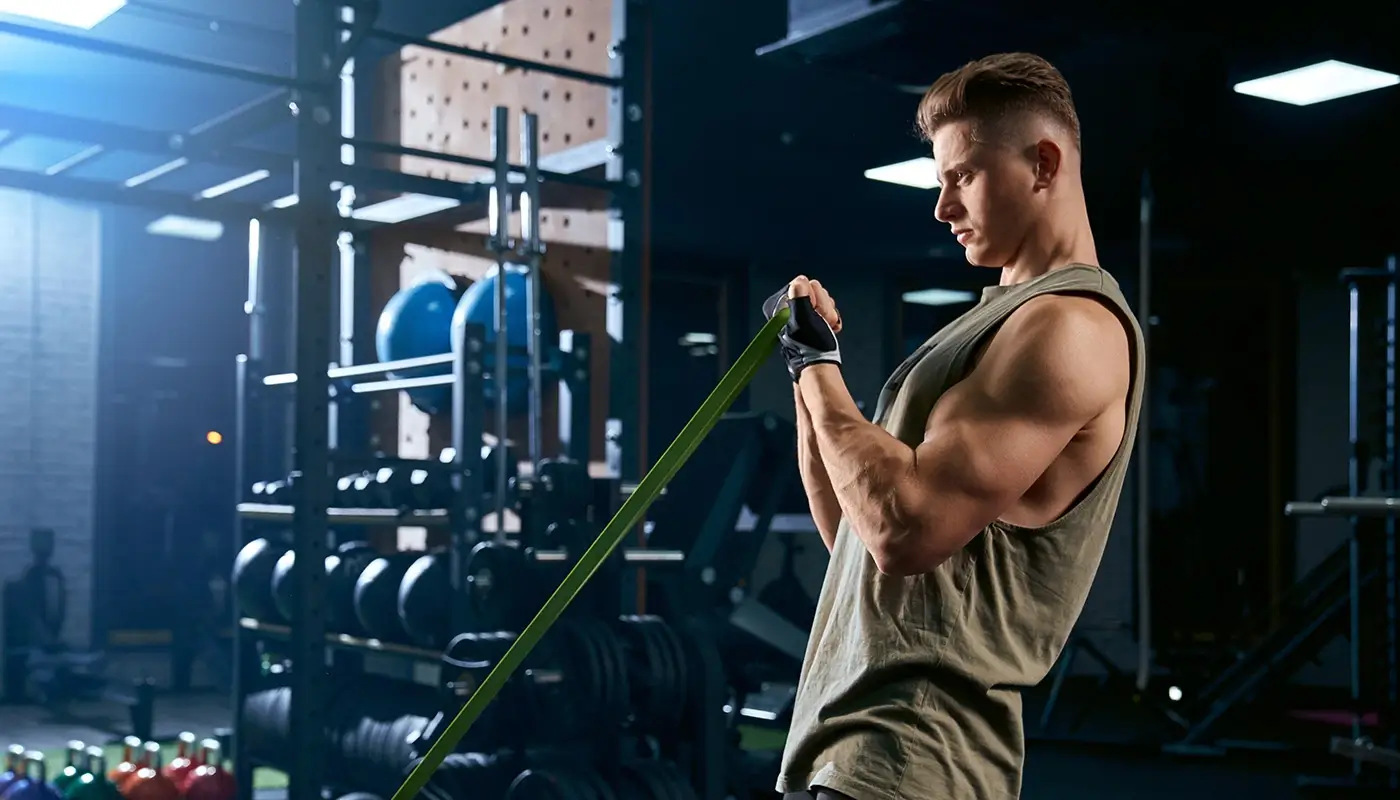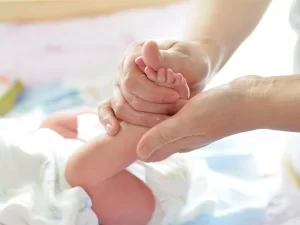
Curious About IV Drip Therapy? Here’s Everything You Need to Know!
Table of Contents In recent years, IV therapy with vitamins, minerals, and other essential micronutrients has grown in demand, as it is known for enhancing

In a world filled with endless distractions and busy schedules, it’s all too easy to push exercise to the bottom of your to-do list. We’ve all been there, promising ourselves that we’ll start working out “tomorrow” or “next week.” But here’s the thing: there’s never a perfect time to begin your fitness journey. The right moment is now, and this is your sign to take that first step towards a healthier, happier you.
Starting a new exercise routine might seem daunting, especially if you’re a beginner. Questions flood your mind: What type of exercise should I do? How often should I work out? What if I’m not fit enough?
Relax. We’re here to guide you through the exhilarating world of fitness with our “Beginner’s Guide to Working Out.” Whether you’re looking to shed a few pounds, boost your energy levels, or simply improve your overall well-being, we’ve got you covered.
We’ll explore how to choose the right types of exercise, set realistic goals, select the right workout routine, stay motivated, and overcome the inevitable hurdles that may come your way. Get ready to transform your life one workout at a time!
There are many types of exercise, and each one has its benefits and drawbacks. Some of the most common types are:
You don’t have to stick to one type of exercise. In fact, it’s better to mix and match different styles to get a balanced workout routine.
The WHO recommends that adults aged 18 to 64 years should do at least 150 minutes of moderate-intensity aerobic physical activity or at least 75 minutes of vigorous-intensity aerobic physical activity per day.

Here are some factors to consider:
Planning and scheduling your workout routine is important for staying consistent and motivated. It can help you set and achieve your goals, track and measure your progress, and avoid boredom and burnout. Here are some steps and tips on how to plan and schedule your workout routine:
Decide what you want to achieve with your exercise, such as losing weight, gaining muscle, improving your health, or having fun. Make sure your goals are realistic, measurable, achievable, relevant, and time-bound. For example, instead of saying, “I want to get fit,” say, “I want to lose 10 pounds in 3 months by exercising three times a week for 30 minutes each time”.
Choose exercises that you like and look forward to doing. Experiment with different types and formats of exercise, and find what works best for you. You can also mix and match other exercises to keep things interesting and challenging. For example, you can do a HIIT workout on Monday, a yoga session on Wednesday, and a hiking trip on Saturday.

Based on your goals and preferences, create a weekly workout plan that outlines what type of exercise, how long, how often, and when you will do it. You can use a calendar, a planner, or an app to write down and organize your plan. For example, you can write down “Monday: HIIT, 30 minutes, 6 pm; Wednesday: Yoga, 45 minutes, 8 am; Saturday: Hiking, 2 hours, 10 am”.
To help you stick to your plan and avoid forgetting or skipping your workouts, set reminders and alarms on your phone, computer, or watch. You can also use motivational messages, images, or sounds to inspire and encourage you. For example, you can set an alarm that says, “Time to HIIT it!” or “Yoga time!” or play your favorite song or podcast.
Sometimes, things may not go according to your plan, and that’s okay. You may have unexpected changes or challenges in your schedule, such as work, family, or health issues. Instead of giving up or feeling guilty, be flexible and adaptable and adjust your plan accordingly. You can have backup plans, alternative options, or contingency strategies in case of emergencies.
A survey by Shape magazine found that 69% of gym-goers want to lose weight, 61% want to improve their strength, and 1 in 3 want to relieve stress.
Preparing and performing your workout safely and effectively is important for preventing injuries, enhancing performance, and improving results. It can help you warm up your muscles, cool down your body, stretch your joints, hydrate your cells, and rest your system. Here are some steps and tips on how to prepare and perform your workout safely and effectively:
Before you start your workout, do a warm-up session that lasts for about 10 to 15 minutes. A warm-up session is a low-intensity activity that gradually increases your heart rate, blood flow, and body temperature, such as walking, jogging, or cycling. It can help you prepare your muscles, joints, and nerves for the upcoming exercise and reduce the risk of injury, cramps, or strains.
After you finish your workout, do a cool-down session that lasts for about 10 to 15 minutes. A cool-down session is a low-intensity activity that gradually decreases your heart rate, blood flow, and body temperature, such as walking, stretching, or breathing. It can help you recover your muscles, joints, and nerves from the previous exercise and prevent soreness, stiffness, or dizziness.
During or after your workout, do some stretching exercises that last for about 10 to 15 minutes. Stretching exercises are movements that extend your muscles and joints to their full range of motion, such as bending, twisting, or reaching. They can help you improve your flexibility, mobility, and posture and relieve tension, pain, tightness, or spasms.
Before, during, and after your workout, drink plenty of water or fluids that replenish your hydration and electrolytes, such as water, sports drinks, or coconut water. Hydration is essential for maintaining your body’s functions, such as regulating your temperature, transporting nutrients, and eliminating waste. It can help you prevent dehydration, fatigue, or headaches.
Between your workouts, take enough time to rest and sleep, which can vary depending on your age, fitness level, and exercise intensity. Rest and sleep are crucial for repairing your muscles, tissues, and cells and restoring your energy, hormones, and immune system. They can help you avoid overtraining, injury, or illness.

Nutrition and supplements can boost your workout and support your health. They can provide you with the nutrients and substances that your body needs. Here are some tips on how to boost your workout with nutrition and supplements:
This can provide you with the calories, protein, carbs, fats, vitamins, and minerals that your body needs. To eat a healthy and balanced diet, you can follow these guidelines:
Eating enough calories, protein, carbs, and fats can help you fuel, build, and repair your muscles. To eat enough of these, you can calculate your daily needs and adjust your intake accordingly.
You can also see which foods are suitable for you via food intolerance test
Eating enough vitamins and minerals can help you prevent deficiencies and enhance your health. To eat enough of these, you can eat colorful fruits and vegetables and supplement with a multivitamin if needed.
This can help you eat the right foods at the right times. To plan and prepare your meals and snacks, you can use these tips and examples:
Supplements can provide you with extra or missing nutrients or substances that your body needs or lacks. To boost your work, you can consider these options and factors:
Embarking on a fitness journey as a beginner can be both exciting and transformative. The key to success lies in setting realistic goals, choosing activities you enjoy, and gradually increasing intensity and duration. Remember, consistency is paramount, and small, consistent efforts will yield significant results over time. Be patient with yourself, listen to your body, and don’t be discouraged by setbacks.
Seek support from friends, family, or fitness communities to stay motivated. The journey towards a healthier, fitter you is a marathon, not a sprint, and every step forward is a victory. So, lace up those sneakers and embrace the incredible benefits of a more active lifestyle. Your body and mind will thank you for it.
A common recommendation is to start with 30 minutes of moderate physical activity per day, at least 2-3 days per week.
You can start by choosing the types of exercise that suit your goals, preferences, and fitness level, such as aerobic, strength, calisthenics, HIIT, or flexibility. Then, you can follow a sample workout plan that includes warm-ups, main exercises, and cool-downs.
You should do the exercises that require the most technique, energy, and stability first, such as compound movements, high-intensity activities, or skill-based drills. Then, you can move on to the exercises that target smaller muscles, lower intensity, or flexibility.
It depends on your goals and the intensity of your workouts. In general, it’s not necessary to work out every day, especially if you’re doing intense or heavy exercises. You should have at least one rest day per week to allow your body to recover and prevent overtraining.
The best order for a workout varies depending on your individual needs and preferences. Still, a general guideline is to start with a warm-up, then do your strength training, followed by your cardio, and finish with a cool-down and stretch.

Table of Contents In recent years, IV therapy with vitamins, minerals, and other essential micronutrients has grown in demand, as it is known for enhancing

Table of Contents In Dubai during the summer, temperatures reach scorching heights; therefore, staying hydrated is quite essential for your health and well-being. Staying hydrated

Table of Contents Having your semen tested at home is the best way to know whether you’re fertile. With at-home testing, you can check how